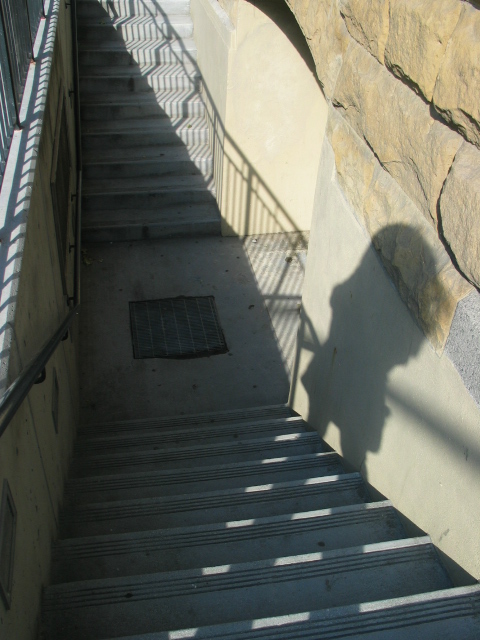Sophie calle and vito acconci, both artists followed their strangers on streets until the strangers they followed entered into private spaces. Sophie was more obsessed into the stranger she followed and even shadowed him from Paris to Venice, even fell in love with him. Shadowing strangers on street is a non-obtrusive way of learning about the stranger, his/her behavior, his/her everyday life, his/her personality, sometimes, even very private and personal things, since streets are public places, and everyone acts as a single himself/herself, having nothing to do with others on the street, without bothering how others judge them, coz they are strangers. So those activities such as, eating junk food, going to buy a porn, calling people loudly by cell phone, etc, they could all be captured by the stranger follower on street.
But on the other hand, especially for some cultures, though everyone acts as a single person, people still face the question, whether or not, or how much, do they follow the social norm on street, since it's the public places. I did a shadow project with my classmates before coming to ITP, on bus, and we found many interesting things going on, e.g. where to seat himself, what did he do to kill the time on the bus, what triggered him noticing he got the wrong bus, how did he react to it, how did he interact with the driver, etc. I'd love to do a similar project see "How people react when they realized they get on a wrong subway/bus" in NY, to compare the two different cultures.
Then of course, we come to the topic of street, I can't help picking up a topic: "familiar strangers." The term comes from Stanley Milgram, and it refers to the people that we see regularly in a non-intimate fashion, like subway, broadway in front of Tisch, bus stop, etc. We develop a sense that we know each other, that's a familiar face, but we never directly interact with each other. But when the setting is changed to an unexpected context, say, same person showed up in our urban computing class, or in a gallery, or in China and we encountered again, then there probably will be direct interactions.
Then I remember a Seattle based weekly :"stranger". Such a good name. We readers are all strangers, but we actually are familiar in the sense of we are reading the same newspapers. So the "stranger" weekly is like the street where we encounter strangers but never interact with them directly. But actually, we experience a lot similar things, e.g. the articles or comments in the newspaper, similar to the shops along the street.
Subscribe to:
Post Comments (Atom)

No comments:
Post a Comment